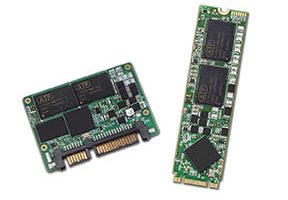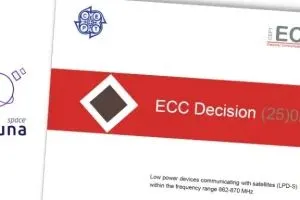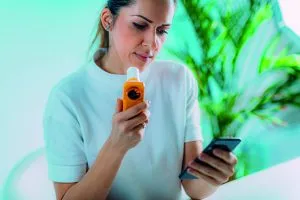 Patients with breathing difficulties can take a lung function test, using a spirometer. The device measures the amount and speed of air that is inhaled into and exhaled from the lungs to assess respiratory volumes and flows.
Patients with breathing difficulties can take a lung function test, using a spirometer. The device measures the amount and speed of air that is inhaled into and exhaled from the lungs to assess respiratory volumes and flows.
Professional-grade devices, available from doctors, are usually large and expensive, but a compact, small spirometer is also available. Using a handheld, digital spirometer, it is possible to train the lungs at home and monitor their function. Processes are displayed by an app on the patient’s mobile device, optionally forwarded to the cloud, and the training progress is documented to monitor function and performance.
When measuring lung volumes, several parameters are defined and differentiated. Figure 1 shows tidal volume – the volume of air inhaled or exhaled during a normal breath. (It is typically between 500ml and 700ml in adults.) It also shows inspiratory reserve volume. This is the maximum additional volume of air that can be inhaled after a normal inspiration.
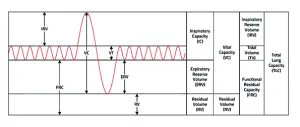
Figure 1: Progression of a typical respiratory volume over time with the relevant parameters (Source: Wikipedia public domain)
Expiratory reserve volume is the maximum additional volume of air that can be exhaled after a normal exhalation. Another parameter is vital capacity or the total maximum amount of air that can be exhaled after a maximum inspiration. It is the sum of tidal volume, inspiratory reserve volume and expiratory reserve volume.
The residual volume is the amount of air that remains in the lungs after maximum exhalation and is calculated rather than measured directly. The functional residual capacity is made up of the residual volume and the expiratory reserve volume, while the total lung capacity is the total amount of air that the lungs can hold after maximum inspiration. This measurement includes the residual volume calculation and the vital capacity figure.Measuring respiratory flow rate
In addition to determining the lung volumes, the time-dependent recording of the respiratory flow velocity also plays an important role in diagnostics.
Figure 2 shows the relevant measured values. Forced vital capacity is the amount of air that is exhaled as quickly as possible after a maximum inhalation.
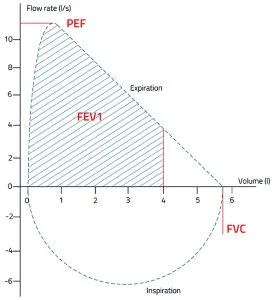
Figure 2: Respiratory flow rate over respiratory volume with relevant variables (Source: ResearchGate – Markus Gnädiger, UZH)
One-second capacity is the amount of air exhaled in the first second of forced exhalation. It is an important parameter for the diagnosis of obstructive respiratory diseases.
The third parameter is peak expiratory flow, which is the highest air flow achieved during forced exhalation.
A mobile spirometer, which a patient typically uses to monitor their own lung function, can be developed using off-the-shelf components.
Sensors and power
For example, the WSEN-PDUS differential pressure sensor can be connected to a mouthpiece through which a patient breathes to measure and monitor the air flow. The sensor offers a measuring range of ±10kPa (±100mbar) with a resolution of 15bits.
The WSEN-HIDS humidity and temperature sensor can be used to monitor the humidity in both the breathing air and the ambient air to determine the contamination of the fins in the breathing tube. The small sensor outputs humidity and temperature values in 16-bit format and has an I2C interface.
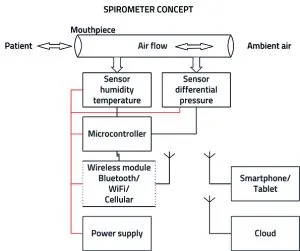
Figure 3: An example of the design of a mobile spirometer
Sensor data is analysed in a commercially available microcontroller, which can either show the analysed data on a display integrated into the device or transmit the data wirelessly to a smartphone or tablet for display and storage.
The Proteus-III or Proteus-e modules can be used for data transmission via Bluetooth LE 5.1. Proteus-III is based on the nRF52840 chip from Nordic Semiconductor and has an output power of 6dBm. Operation and control are via an app and Bluetooth connection. It is also possible to install firmware updates. Proteus-e is based on the nRF52805 chip from Nordic and has an output power of 4dBm. This allows the mobile spirometer to be operated from a mobile device via an app.
There are two options for connecting the mobile spirometer to a cloud. Using a Calypso Wi-Fi module, for example, the mobile spirometer can be integrated into a WLAN, which can make the data available to local participants, as well as forward it to a cloud via an internet connection. Calypso supports the IEEE 802.11b/g/n standards at 2.4GHz, has an output power of 18dBm and complies with the latest security standards.
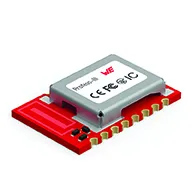
Figure 4: The Proteus-III module can be used for data transmission between a mobile spirometer and smartphone via Bluetooth LE 5.1
Alternatively, the Adrastea-I mobile radio module supports both the LTE-NB.IoT and Cat.M1 standards and allows positioning via GNSS, and is suitable for direct cloud connection.
A mobile spirometer also needs a suitable power supply. Developers can use integrated MicroModules from the MagI3C series. The MagI3C-VDMM series (Variable Step-Down MicroModules), for example, work with input voltages of 2.5V to 36V and can typically supply output voltages of 0.6V to 6V, suitable for a mobile spirometer with battery operation. Output currents range from 0.3A to 6.0A.
Spirometer principles
A spirometer measures the amount and speed of air that is inhaled and exhaled into the lungs. These measurements are important for the diagnosis and monitoring of respiratory diseases such as asthma or COPD (chronic obstructive pulmonary disease). A medical examination can determine if there is a narrowing or obstruction of the airways, but for chronic sufferers regular monitoring of the lung function can detect changes at an early stage.
A spirometer typically consists of a mouthpiece into which the patient breathes in and out, and which can record respiratory volumes and flows using suitable sensors. The data is evaluated and stored using a microcontroller.
Data is visualised on a device-integrated display or transmitted wirelessly via Bluetooth or Wi-Fi to a smartphone or tablet. Data can also be transmitted wirelessly via the mobile phone network to a cloud, and accessed by the attending physician.
Pneumotachographs are spirometers that measure the flow velocity and draw conclusions about lung volume by integrating measurements. Typically, they work on the principle of differential pressure flow meters, which determine the flow velocity via pressure differences in the breathing tube when flowing through veins. Other methods are turbine flow and ultrasonic flow meters.
A differential pressure flow meter is initially very accurate, but loses precision due to contamination of the lamellae by the moisture in the breathing air.
